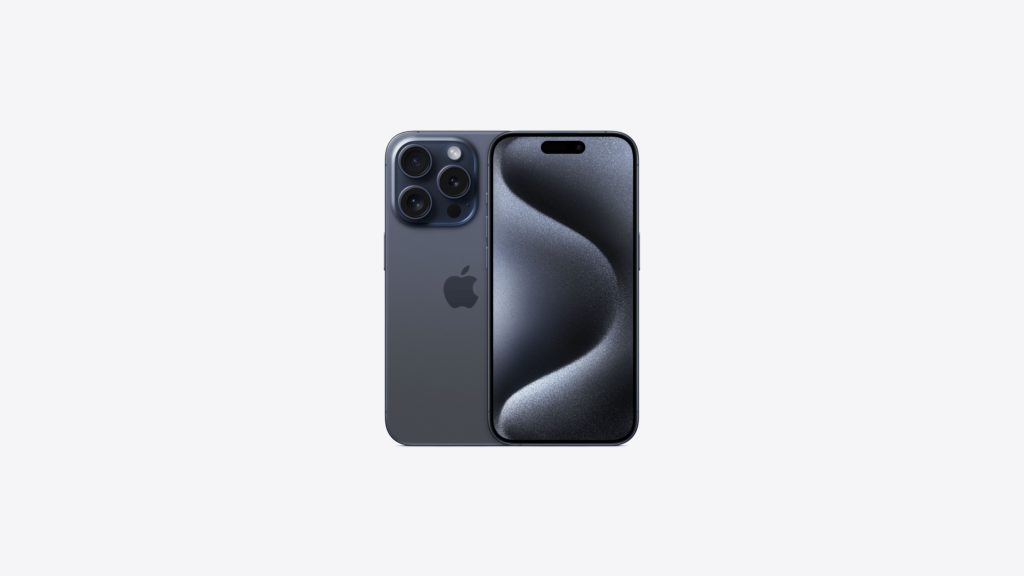
The iPod and iPhone fundamentally transformed our relationship with technology in several significant ways, profoundly impacting interaction design.
The iPod and iPhone were the ones that popularized the idea of user-centered design, putting the user experience first. The design of the interface is minimalist, and the main focus is on functionality. The design of touch screen interaction was also introduced with the iPhone, bringing a great shift in the interaction design world. The touch screen allowed for more direct interaction without the need for a physical keyboard or buttons. iPod and iPhone services integration also brought a great deal of convenience to the user, combining music, internet, email, and various applications into one device. This simplifies the user process and experience, and encourages interaction designers to consider incorporating multiple services. Finally, the iPod and iPhone introduced features that allowed users to personalize their devices with wallpapers, ringtones, application layouts, and more, and the integration of the touch screen to allow users to customize the digital experience to their liking has led to many other products that have followed to place more emphasis on design customization options and customized content.
Overall, the iPod and iPhone revolutionized interaction design by promoting user-centered principles, introducing novel interaction paradigms, facilitating integration of services, emphasizing personalization, and enabling ubiquitous connectivity.